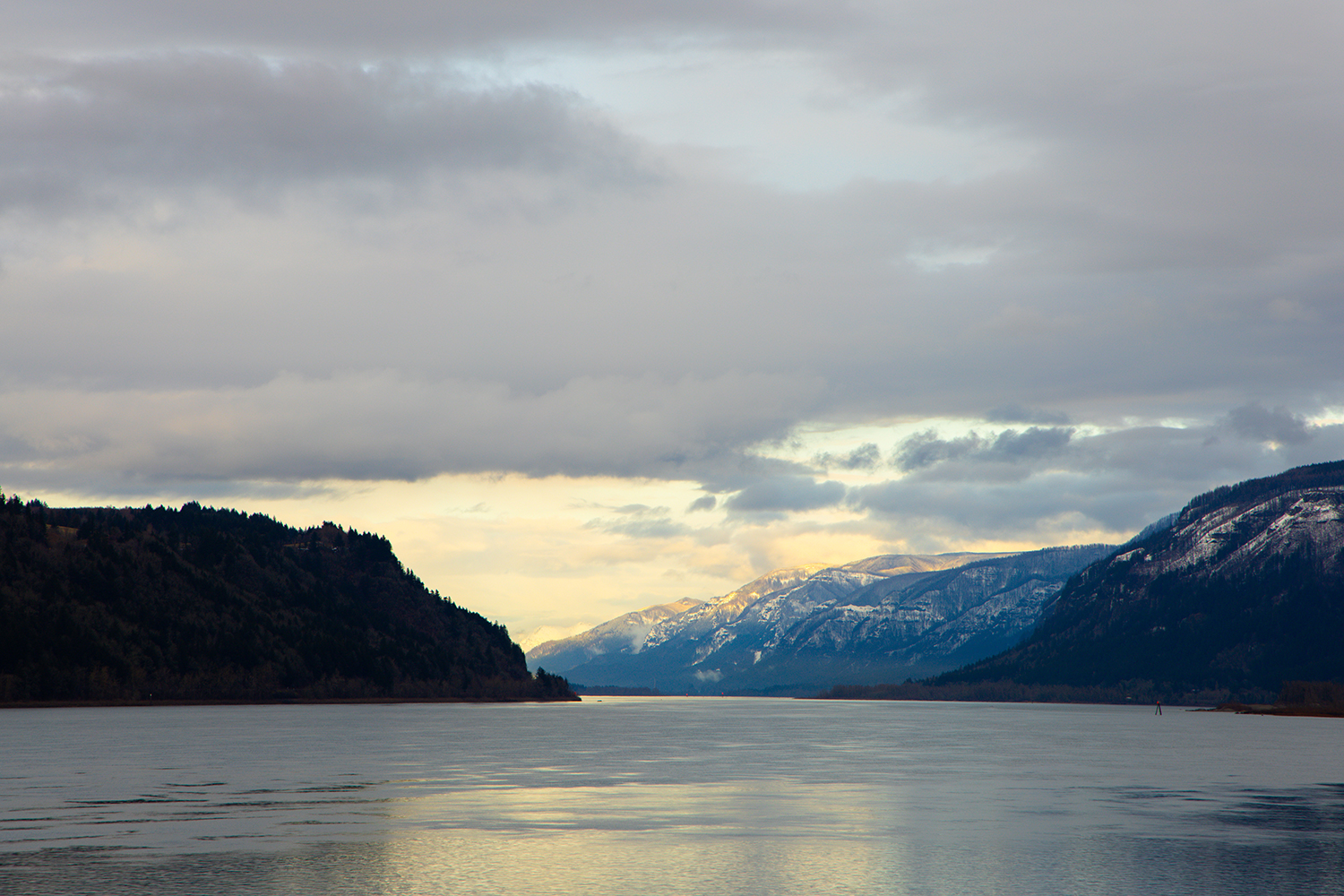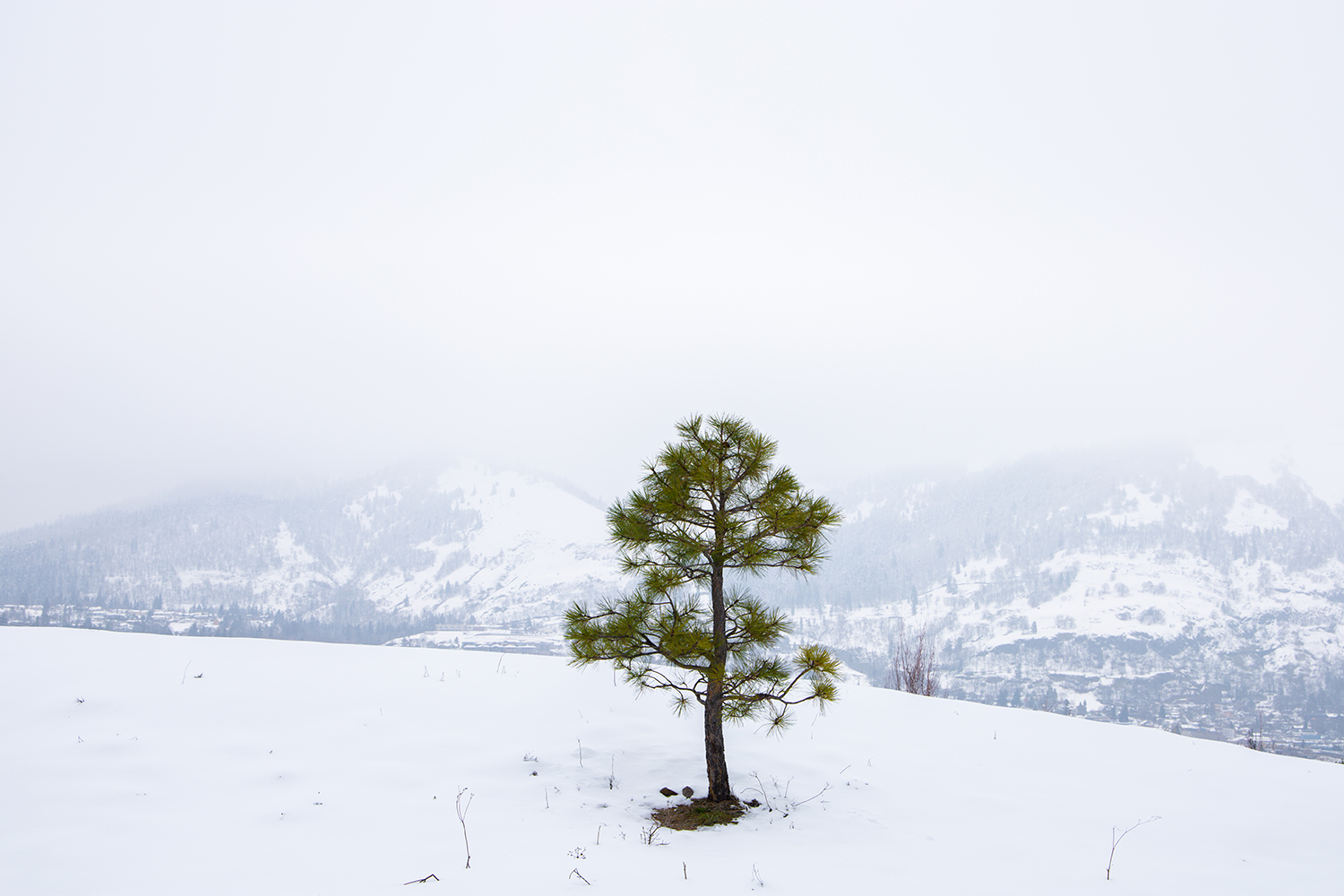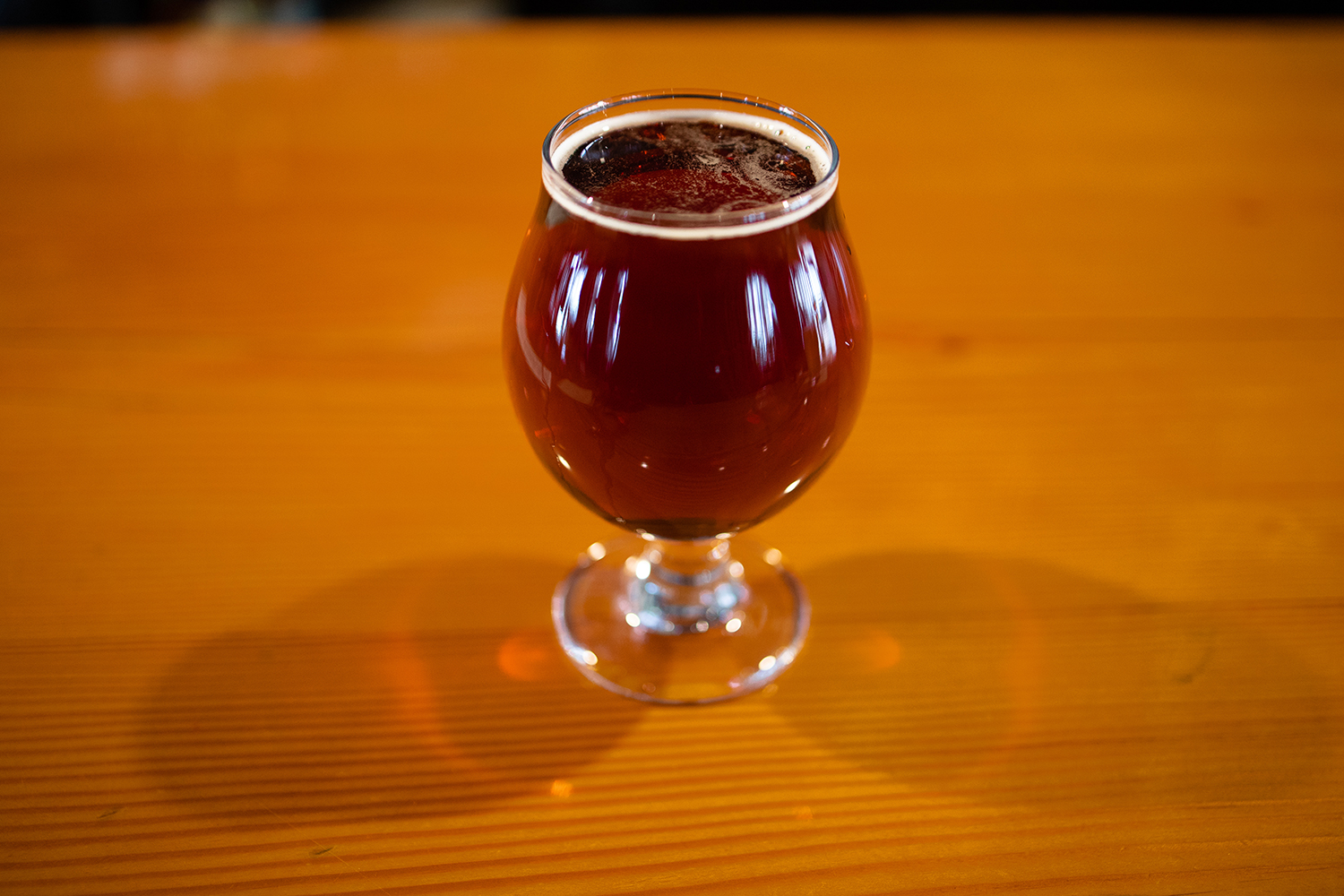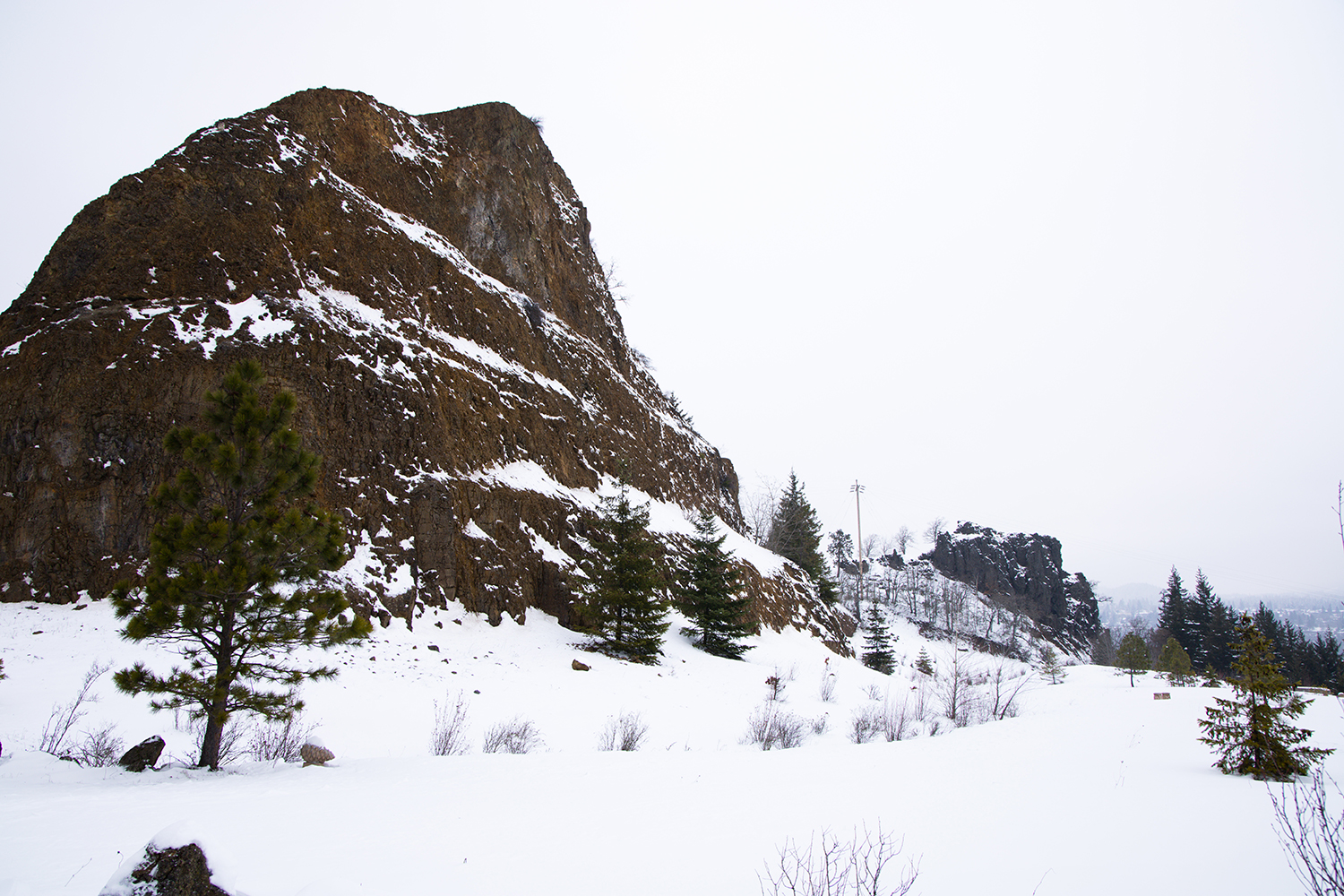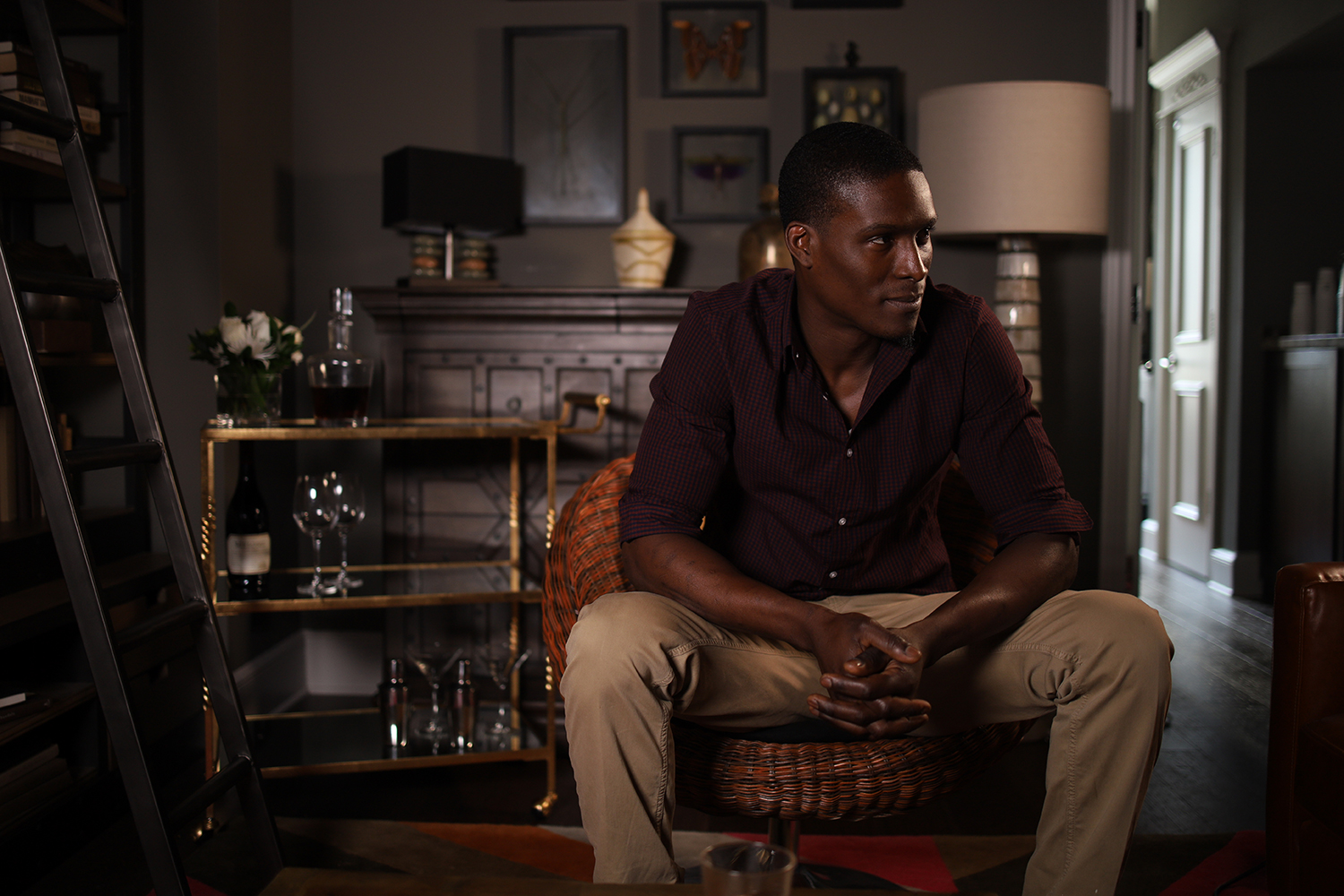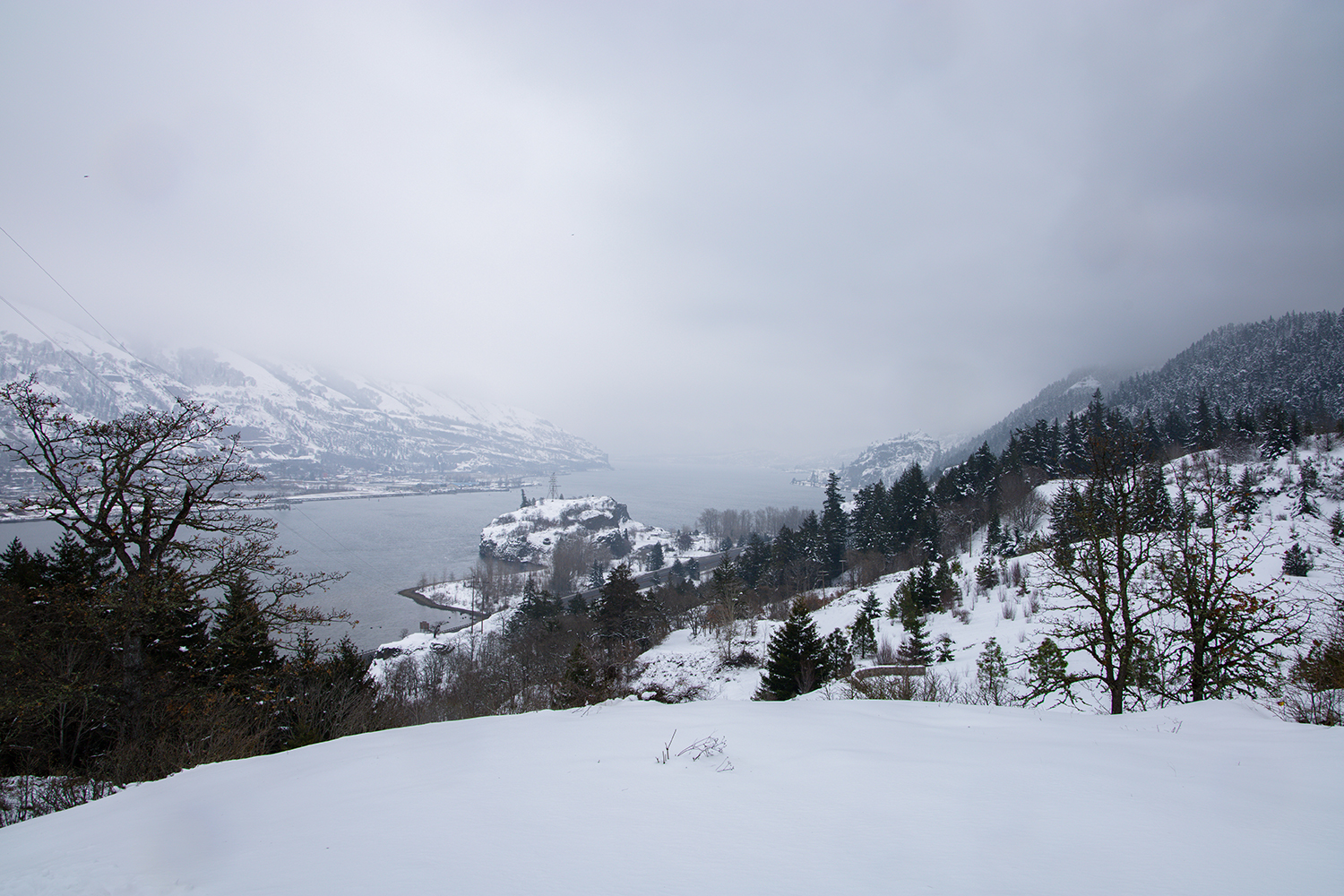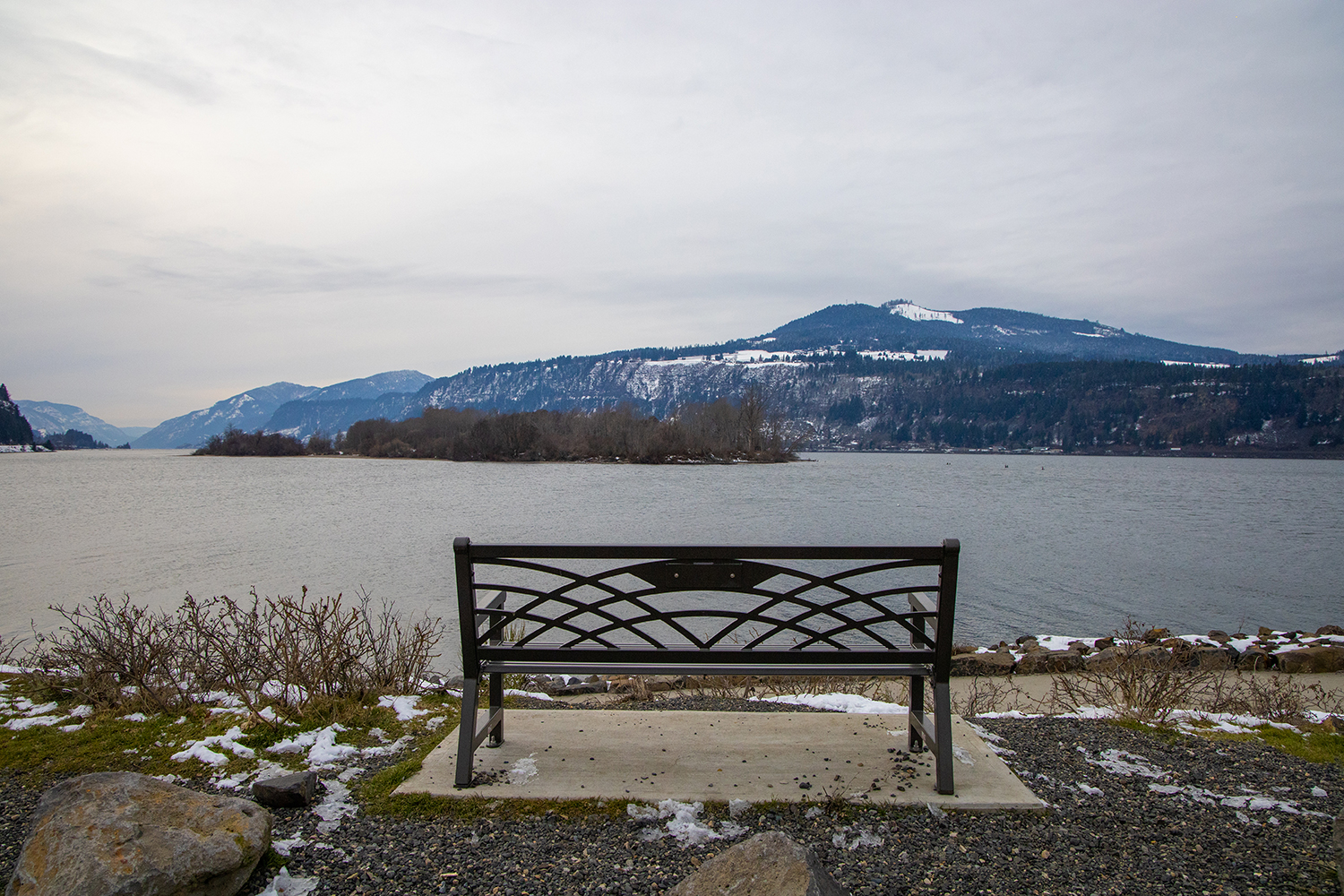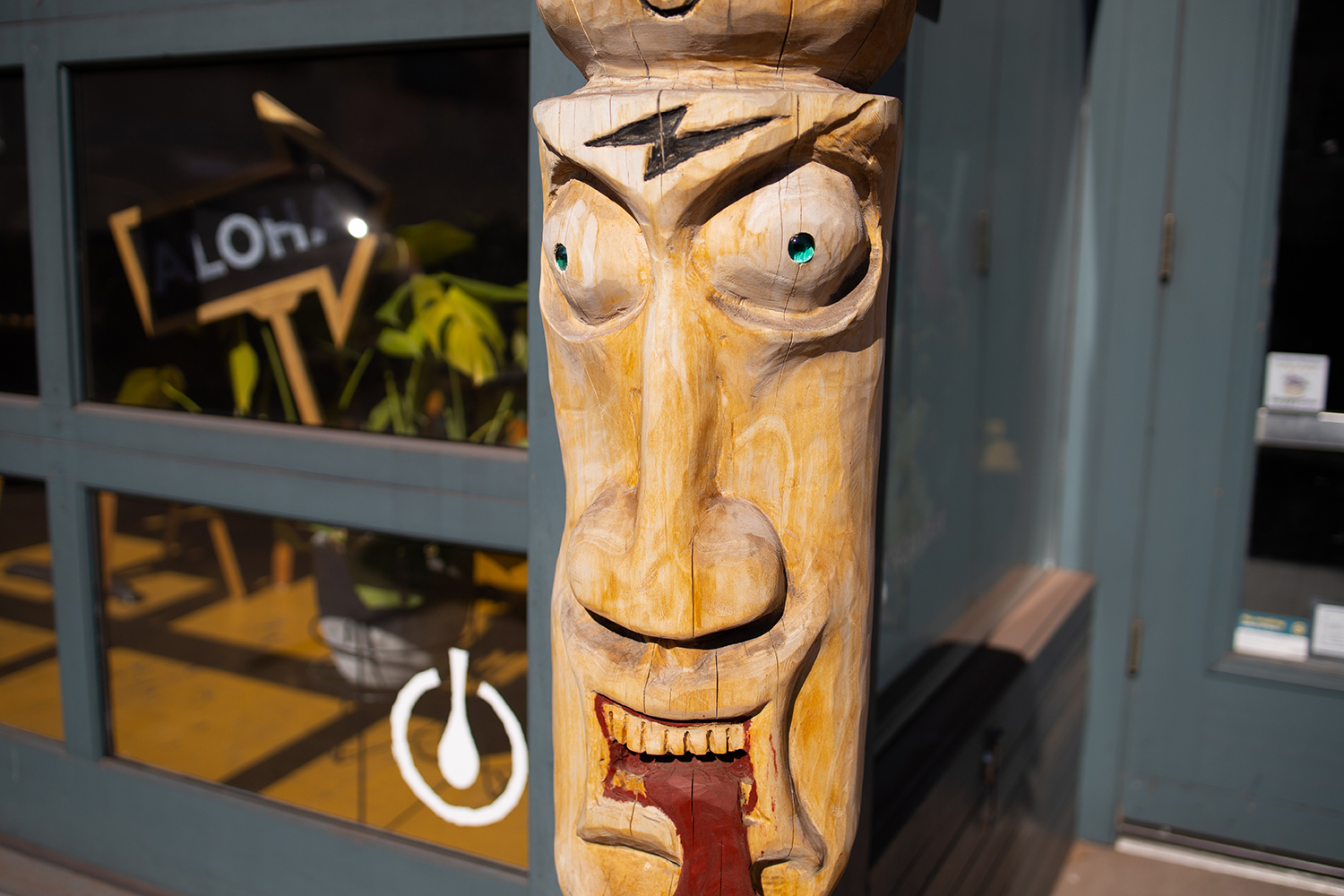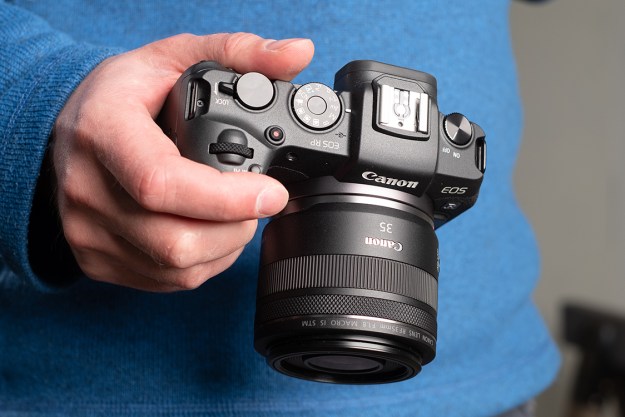
“The cheap and compact EOS RP may attract users Canon's competitors are ignoring.”
- Affordable price
- Excellent autofocus and metering
- Great JPEG image quality
- Good high ISO performance
- Fully articulating touchscreen
- Some purposefully truncated features
- Video feels like an afterthought
- Unimpressive RAW image quality
The Canon EOS RP is the opposite of exciting. It is an inexpensive, full-frame camera that recycles old tech and dumbs down certain features for no practical reason other than to justify the large price gap that exists between it and the higher-end EOS R.
And it will sell like hotcakes.
At $1,300, it really doesn’t matter that the RP uses the same 26-megapixel sensor as 2017’s EOS 6D Mark II (which was already a bit behind the times), nor that it has a lower-resolution electronic viewfinder, smaller battery, and worse video specifications than the EOS R. This camera is exactly two things. Cheap and full frame. That’s all people buying it need to know.
But even affordable cameras must add value, and I’m not convinced the RP offers more for your money than other similarly priced cameras — even those that are not full frame.

A bigger sensor doesn’t mean a better camera
Other than cost, the RP’s main selling point is size. At just over 17 ounces, it is the lightest full-frame camera on the market. Yet if you’re concerned about such things, full frame isn’t the way to go. The lenses, after all, still need to be big enough to cover that larger sensor.
The kit lens for the RP is the RF 24-70mm f/4L IS. It’s a decent lens with good zoom range and effective image stabilization, but it’s completely out of balance on the RP. I also tried out the EF 85mm f/1.4L IS via the EF-RF adapter. It worked well, with fast autofocus, but felt almost comical on the small body. This isn’t a problem unique to the R system, but I think it is emphasized by the RP’s focus on being light and nimble.
The EOS RP offers a perfectly balanced setup that you can carry with you anywhere.
There is one lens that helps the RP to come into its own: The RF 35mm f/1.8 IS macro. This compact prime makes for a perfectly balanced setup that you can carry with you anywhere. The combination of fast aperture and slight wide angle is great for street photography or casual indoor settings, and optical image stabilization is welcome (the RP doesn’t have in-body stabilization). Sadly, there just aren’t more RF lenses like it. You’ll find better options if compact size is what you want.
Take the Fujifilm X-T30. It uses a smaller APS-C sensor, weighs just 13.5 ounces, and has a plethora of compact lenses available for it that make for a smaller and lighter system overall. And that’s not the only thing. The X-T30 has a much better video mode, faster continuous shooting speed, better dynamic range at base ISO, the same number of megapixels, and costs even less than the RP, all at just $900 for the body. I could make most of the same points about the Sony A6400, another sub-$1,000 APS-C camera.

What does full frame get you? An edge in ISO performance. The RP’s sensor may not be great at base ISO (which I’ll discuss more later) but it holds up alright as you crank it up. That means cleaner images when shooting in low light. It’s a legitimate reason to pick a full-frame camera over something else.
But it’s not that simple. Low light performance also depends on the lens, and Canon just doesn’t have many lenses for the R system that are both affordable and fast (meaning they have wide apertures that can let in a lot of light). The aforementioned RF 35mm f/1.8, at $500, is really the only option, and the sole sub-$1,000 lens currently available for the system. Fujifilm, on the other hand, has no shortage of fast prime lenses under $1,000.

This means it may be possible to put together an APS-C kit that is both cheaper and offers better low light performance than the EOS RP. Sure, Canon has lenses like the RF 50mm f/1.2L and 28-70mm f/2L that would turn the RP into a low light beast — but at $2,099 and $2,999, respectively, they aren’t exactly priced for the RP customer.
Canon announced the development of six additional lenses coming in 2019, including a 24-240mm f/4-6.3 that will likely be the most attractive to RP photographers. The other four are high-end, L-series models: a 15-35mm f/2.8L IS, 24-70mm f/2.8L IS, 70-200mm f/2.8L IS, and two versions of an 85mm f/1.2L.
Making full frame affordable
Canon originally launched the EOS R system with a volley of high-end, expensive products targeting professional photographers. The RP takes a 180-degree turn from that, coming in a full $1,000 less than the EOS R. Likewise, it trails it in most specifications. It uses a smaller battery, borrowed from the Rebel series, that’s rated for just 250 exposures. The electronic viewfinder (EVF) offers 2.36 million pixels while the LCD has 1.04 million, down from 3.69 million and 2.1 million, respectively, on the R. The love-it-or-hate-it, multi-function touch bar is gone, and a classic mode dial has replaced the R’s top LCD display.
This is clearly a lower-end camera, but there are some features that feel truncated without reason (other than to justify the R’s $1,000 premium). The most egregious example? The silent electronic shutter is now only available as a scene mode. Like most scene modes, this forces the camera into automatic exposure. There is no way to shoot in manual, aperture priority, or shutter priority exposure modes using the silent shutter. A silent shutter is one of the core advantageous of mirrorless cameras, and yet here’s a brand new model that inexplicably locks that capability to an auto-exposure scene mode. Commence groaning.

The video features also feel artificially limited. Full HD is available in 60 or 30 frames per second, but not 24, while 4K is offered only in 24 fps. That makes mixing resolution difficult, and as 4K also incurs a severe 1.7x crop, there will be more reason to do this than on cameras that don’t crop. If you need a wide-angle shot, for example, you’re basically forced into Full HD — but there are no matching framerates between the two resolutions.
While you could possibly argue that the camera just can’t handle 4K at 30 fps (I doubt this is true, as it uses the same Digic 8 processor as the EOS R, which does offer 4K/30), there is no technical reason not to at least include a Full HD/24 fps option.
4K is also cordoned off from the regular shooting modes, accessible only by rotating the mode dial into movie mode. This isn’t the only camera to do this, but I always find it a strange approach. At the press event where I first got my hands on the camera, I didn’t even realize the RP offered 4K resolution until a Canon rep told me about it and showed me how to access it.

Interestingly, the camera does offer both microphone and headphone jacks, and features a fully articulating screen that can flip into selfie mode. So, despite its software limitations, these physical features may make the RP a decent vlogging camera.
But you’ll want to stick with full HD resolution, even if you don’t mind the 4K crop. This is because Dual Pixel Autofocus (DPAF), which is Canon’s take on on-sensor phase-detection autofocus, does not work in 4K. It works great in Full HD, but the camera reverts to painfully slow contrast-detection autofocus in 4K. I found it to be all but unusable if you need to refocus during a shot.
Thankfully, DPAF remains one of the best autofocus systems I’ve ever used when it comes to still photography, acquiring focus in as little as 0.05 seconds with sensitivity down to an impressive -5 EV (the EOS R works all the way down to -6 EV, albeit only with f/1.2 lenses). It gave me absolutely no trouble in a dimly lit dining hall.
It’s down on total number of focus points compared to the R, but still boasts 143 selectable zones (scaled from over 4,000 individual AF points). Unfortunately, it won’t hold up for fast action, as the RP has a top continuous shooting speed of just 3 frames per second when using continuous autofocus (or 5 with single-shot AF).

Face and eye detection AF is also included, and works decently for relatively close subjects. If there are multiple faces in a scene, you can cycle between them with the press of a button, but I found the camera often ignored anyone farther than four or five feet away (using a 35mm lens). It also didn’t work at all on someone wearing glasses. Hopefully, these issues can be resolved in future firmware updates.
There is still one feature the RP offers that isn’t found on the more expensive R, and it feels a bit out of place: Automated focus bracketing. It can capture up to 999 exposures at different focal planes, with control over focus deviation between frames. This allows for focus stacking to increase depth of field in macro photography, which often suffers from very shallow depth of field due to the close proximity of the camera to the subject. The RP can’t do anything to finish the focus stack in-camera, however, so you’ll still need Adobe Photoshop, Canon’s own Digital Photo Professional, or other computer software to merge the images.
I say this feature is out of place not to argue against its inclusion, but simply because it’s an advanced feature that seems better suited for the $2,300 EOS R (which doesn’t have it). RP customers, in my opinion, would have preferred having a silent shutter they could use in any exposure mode.
Image quality: Good JPEGs, so-so RAWs
On my first hands-on outing with the EOS RP, I mistakenly set it to JPEG only. Yet having since had the chance to shoot it in RAW, I realize I wasn’t missing much. There is nothing bad I can say about the JPEGs; side-by-side against those from the Panasonic Lumix S1 (a $2,500 camera), they hold up better to postproduction exposure adjustments. In fact, the RP’s JPEGs are almost as good as its RAWs. Unfortunately, that’s as much a diss of its lackluster RAW quality as it is a testament to the strength of its JPEGs.
At base ISO, the RP’s RAW files are not in the same league as those from the Sony A7 III, Nikon Z 6, and Panasonic Lumix S1 (all of which are more expensive, but shoot at a similar resolution). If you shoot to preserve highlight detail in a high contrast scene and then try to raise the shadows in post, you won’t be able to push much beyond 2 stops without introducing noise. Go too far, and the dreaded banding pattern rears its ugly head. The RP’s RAW files simply lack the tonality and malleability we’ve come to expect from full-frame cameras. Even APS-C cameras like the Fujifilm X-T30 perform better.
On my outing, I mistakenly set it to JPEG only. But after the chance to shoot it in RAW, I realized I wasn’t missing much.
As far as out-of-camera image quality is concerned, however, the RP isn’t bad. If what drew you to full frame was the promise of paper-thin depth of field for portraits that pop on Instagram, and you don’t want to spend a lot of time in postproduction anyway, then you’ll like the results you get from it (assuming you can afford a fast RF lens, or have a Canon EF lens you can adapt to it). You can still get those subjective benefits of full-frame, if not all of the objective ones.
One positive note I can add is that the RP’s metering is spot-on (no pun intended). In tricky lighting situations, with a bright subject and near-black background, it didn’t overexpose the subject. This makes getting good results in-camera easier, which is more important when you have limited flexibility in post.
Low light performance is also admirable, if still a smidgeon behind other full-frame cameras with similar pixel counts. ISO 12,800 is totally usable. Beyond that, there’s a definite jump in noise, but even 25,600 is OK. Combined with the see-in-the-dark, -5EV autofocus, I think people will be very happy with the RP as a low light camera, and this may be the primary reason for someone to consider upgrading from a smaller format. But, again, it will come down to the lenses, and Canon just doesn’t have many fast, affordable lenses at this time.

A rocky start
A Canon rep once told me years ago that Canon doesn’t make version 1.0 products; the first version it produces incorporates refinements generally reserved for version 2.0, were it any other brand. This often means the company may be slower to market with a product category or feature, but when it delivers, it does so with noticeable benefits over the competition. I think Cinema EOS (Canon’s line of professional movie cameras and lenses) is a good example of this.
EOS R, on the other hand, is not. It’s still very rough around the edges. It launched with a sole camera and a group of lenses that appeared to be slanted toward the high-cost, high-quality segment. Now, its second camera is the cheapest current-model, full-frame mirrorless camera you can buy. That doesn’t add up.
The advantages of full frame aren’t fully realized due to a small lens selection and sensor limitations.
Canon will undoubtedly expand its lens offerings both up and down the price ladder, but for now, the RP is in an awkward position. If you already own Canon EF lenses and are fine working with an adapter, then it offers an easy and affordable way to make the jump to mirrorless. If not, it may be better to bide your time and see how the lens roadmap plays out. Personally, I would love to see a couple more compact primes in line with the 35mm f/1.8, but Canon seems to be focusing on zooms (and one very high-end prime) for 2019.
Still, in the long run, I believe Canon’s strategy of going after a more entry-level customer is sound. This is an area that Nikon and Panasonic (and, depending on how you look at it, Sony) have so far ignored with their full-frame mirrorless options. It may not be the most exciting move, but it could be a very smart one. The tech we use most doesn’t necessarily inspire love letters — the bestselling sedan in America is a Toyota Corolla, after all — and the RP will likely find plenty of happy customers thanks to its ease of use and low price.
Our Take
There are many things I find lacking or even downright frustrating about the RP, but I can still recognize that it has an important role to play in the growth of the nascent EOS R system. Maybe this isn’t the camera we tech journalists want, but it might just be the one Canon needs. This is the cheapest full-frame model Canon makes, mirrorless or otherwise, and it may give more casual photographers the gentle nudge they’ve been waiting for to make the move up from smaller formats.
But that’s not a move you necessarily need to make. The advantages of full frame aren’t fully realized in the RP, due to both a small lens selection (at least among those with approachable prices) and the limitations of its sensor. Sure, Canon DSLR owners can adapt their existing lenses to it, but that’s not a solution that will work well for new customers. And photographers attracted to the RP for its smaller size and weight will find better choices in APS-C mirrorless systems, which offer more features, and often comparable or better image quality, at even lower prices.
Is there a better alternative?
Yes. The older Sony A7 II is still available to buy new, at a price of just $998. Sure, it’s 4 years old, but its sensor outperforms the RP’s in some respects, like dynamic range. It can’t shoot 4K video, but the RP’s implementation of 4K isn’t all that usable, anyway. The Sony also has 5-axis sensor-shift stabilization, and there are quite a few more lenses available for it.
How long will it last?
While not weather-sealed, the EOS RP stills feels well-made and should hold up over time. It will likely have a lifespan in the range of 2 years before being replaced by a newer model.
Should you buy it?
Not yet, unless you are a Canon DSLR owner and want a mirrorless camera you can easily use with your current lenses. For everyone else, despite the RP’s tempting price, there aren’t many reasons to jump on it right now. Give Canon time to flesh out the lens lineup with some affordable options, and the RP will start to look more attractive.
Editors' Recommendations
- Kokomo is a new social VR platform from Canon
- The Panasonic Lumix S5: Everything we know
- Should you buy the Canon EOS R5 or EOS R6? The new mirrorless options compared
- Canon EOS R5 will be a video beast, with 8K RAW, 4K at 120 fps
- Nikon D780 vs Canon EOS 6D Mark II: The battle of budget full-frame DSLRs

